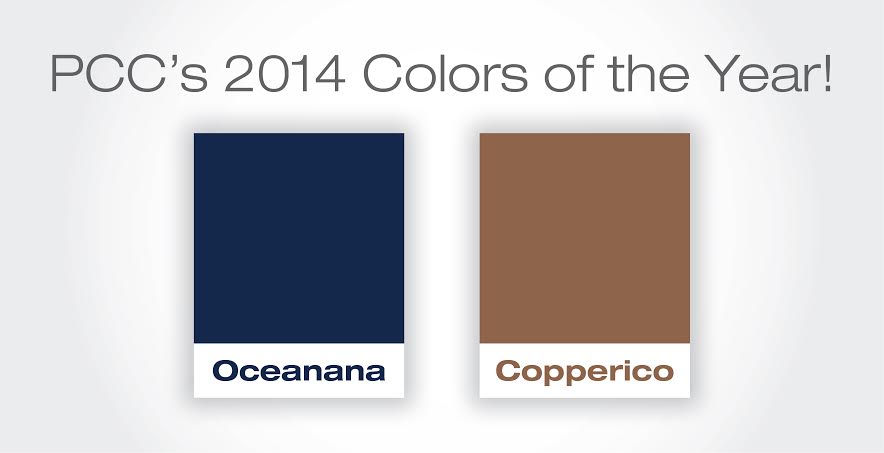According to SPI: The Plastics Industry Trade Association’s report, “Packaging Market Watch: Plastics Packaging Wraps it Up”, plastics is a leading packaging choice among manufacturers who desire environmentally-sensible, inexpensive product options.
The report incorporates the expertise of Ken Gronbach, a multi-generational marketing expert and author; the Society of Plastics Engineers (SPE); the US Environmental Protection Agency; and others.

Of the US$700 billion global packaging industry, plastics accounted for one-third or US$250 billion of the packaging industry, the report said. It is also the largest single market for US plastics.
“Plastic packaging is ubiquitous due to its many advantages over other material choices,” William R. Carteaux, SPI’s President and CEO, commented. “Plastic products are lighter, use less energy to produce and transport, and have multiple recycling and recovery options. Through cutting-edge science that’s produced bioplastics and other innovative applications, the plastics industry has answered the call of consumers who are deeply committed to reducing their carbon footprint.”
If plastics were not used for packaging, other types of packaging would require 64 million metric tons of material, increasing energy waste by 80%, estimated the Franklin Associates, a Kansas-based research firm quoted in Market Watch. The result would be a 130% increase in the carbon footprint.
Therefore, polymers consistently substitute for other materials in packaging because of their weight, strength, design flexibility and low cost. The global polymer industry is expected to grow with a Compound Annual Growth Rate (CAGR) of 3.9% over 2015-2020. The demand for polymers is driven by growth in end use markets, like packaging, mainly from emerging economies, according to the report.
Website: www.adsalecprj.com





